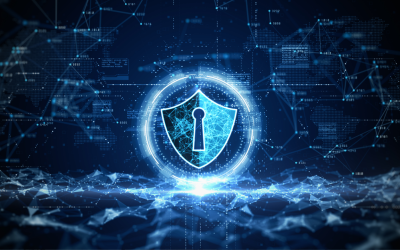In today’s increasingly digital landscape, remote and hybrid work models have become the norm. While this shift offers flexibility and efficiency, it also presents new challenges in safeguarding sensitive data. Cybercriminals are taking advantage of distributed workforces and exploiting vulnerabilities in endpoint devices, home networks, and cloud applications. To combat these risks, organizations need a comprehensive security strategy that protects their data and systems wherever their employees are.
At IBSS, we deliver risk-driven, multi-level infrastructure, systems, data protection, and agile cyber integration to support IT ecosystems large and small. With over a decade of experience supporting federal organizations, we’ve developed proven strategies to help employers strengthen their cybersecurity posture in remote and hybrid environments.
Key Threats in Remote and Hybrid Work Environments
As employees connect from home networks and public Wi-Fi, organizations face increased exposure to:
- Phishing and Social Engineering: Scammers target remote workers with deceptive emails and fake login pages to steal credentials.
- Weak Endpoint Security: Without proper protection, personal devices can become an easy entry point for attackers.
- Data Leakage: Employees using personal devices or unsecured cloud storage platforms may inadvertently expose sensitive information.
- Inconsistent Access Controls: Improper identity and access management (IAM) policies can lead to unauthorized access and data breaches.
Best Practices to Strengthen Cybersecurity for Remote and Hybrid Workforces
1. Implement Zero Trust Architecture (ZTA)
A Zero Trust model assumes no implicit trust whether users are inside or outside the corporate network. For hybrid and remote teams, a Zero Trust approach enforces strict access controls, continuous verification, and segmentation to limit lateral movement by attackers.
Tips for Remote Workers:
- Use multi-factor authentication to add an extra layer of protection.
- Access sensitive data only through company-sanctioned VPNs or secure cloud environments.
- Regularly check and update access permissions to ensure employees only have the access they need, preventing unnecessary or outdated privileges.
2. Leverage Identity, Credential, and Access Management
In hybrid workforces, managing access across diverse devices and locations is critical. Identity, Credential, and Access Management (ICAM) frameworks help organizations verify identities, control access, and protect sensitive data. By implementing strong identity governance practices, organizations can reduce the risk of unauthorized access and data breaches.
Tips for Remote Workers:
- Use strong, unique passwords and a password manager to avoid credential reuse.
- Enable SSO and PAM (Privileged Access Management) solutions to reduce the risk of credential-based attacks.
- Review and revoke unused or unnecessary access permissions.
3. Enhance Endpoint Detection and Response (EDR)
Remote workers often use multiple devices, making endpoint security a priority. Endpoint Detection and Response (EDR) solutions continuously monitor and analyze endpoint activities to detect and respond to suspicious behavior. They offer real-time threat detection, automated response actions, and forensic investigation capabilities.
Tips for Remote Workers:
- Use company-issued devices with pre-configured EDR and security policies.
- Keep software and operating systems updated to avoid exploitation of known vulnerabilities.
- Avoid using public Wi-Fi without a VPN to prevent data interception.
4. Continuous Monitoring and Threat Management
Hybrid workforces require 24×7×365 monitoring to detect and respond to threats in real time. Continuous monitoring involves proactive threat hunting, vulnerability assessments, and incident response to reduce the impact of potential breaches.
Tips for Remote Workers:
- Enable automatic alerts for suspicious activities or unauthorized login attempts.
- Report any suspicious emails or messages immediately to your security team.
- Regularly review your account activity and audit logs.
5. Empower Employees with Security Awareness Training
Cybersecurity is everyone’s responsibility. By empowering employees with the knowledge to recognize and respond to threats, organizations reduce human-related risks.
Tips for Remote Workers:
- Take part in phishing simulation exercises to sharpen your skills.
- Stay informed on the latest cyber threats and scams.
- Follow company security policies, even when working from personal devices.
IBSS’ customized cybersecurity strategies ensure your remote and hybrid workforce stays secure without sacrificing productivity. With the help of our sister company, Total Assure, you can expect even more full-coverage cybersecurity offerings to keep your company safe. Learn more by filling out the contact form on our website.
Keywords: cybersecurity, cybersecurity company, NIST cybersecurity, SOC services





